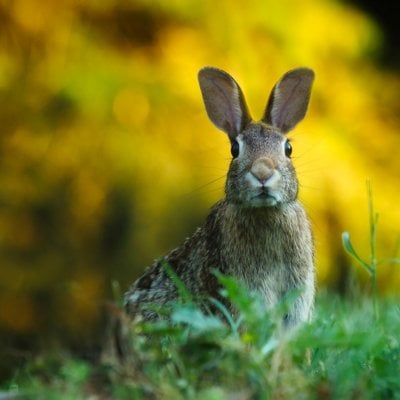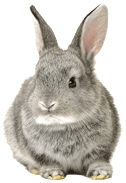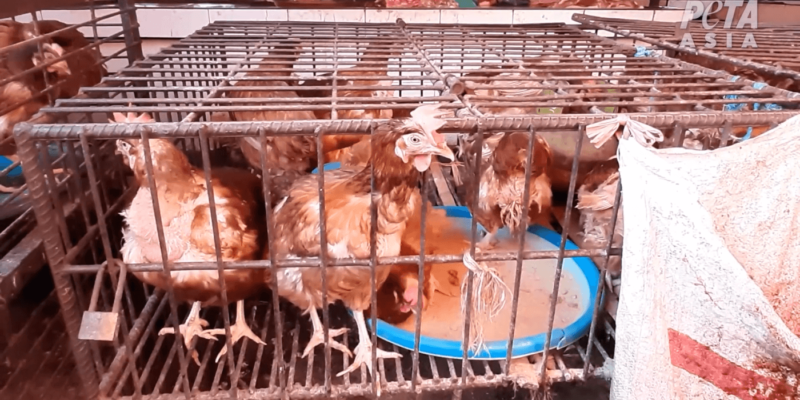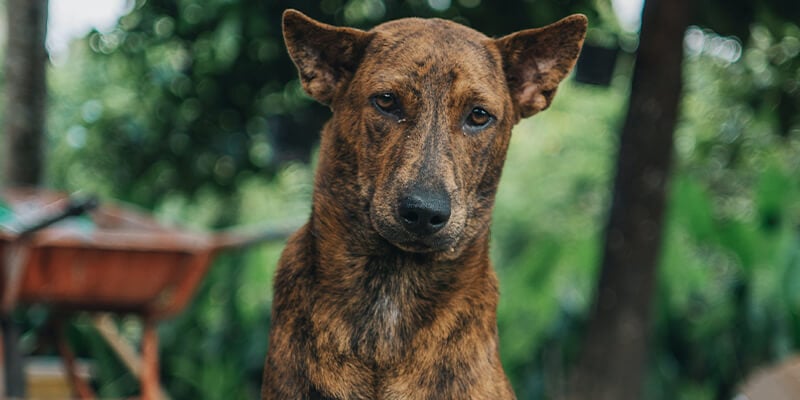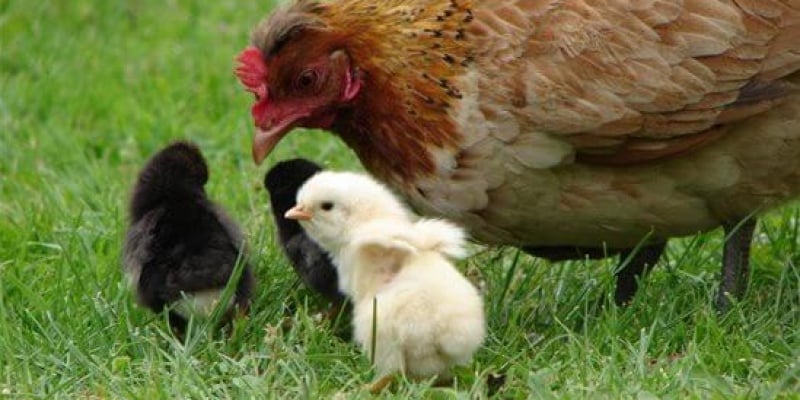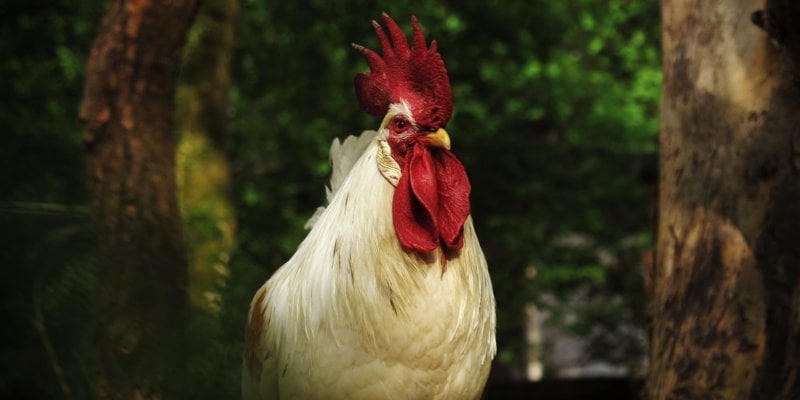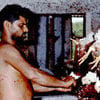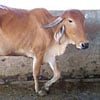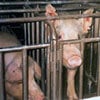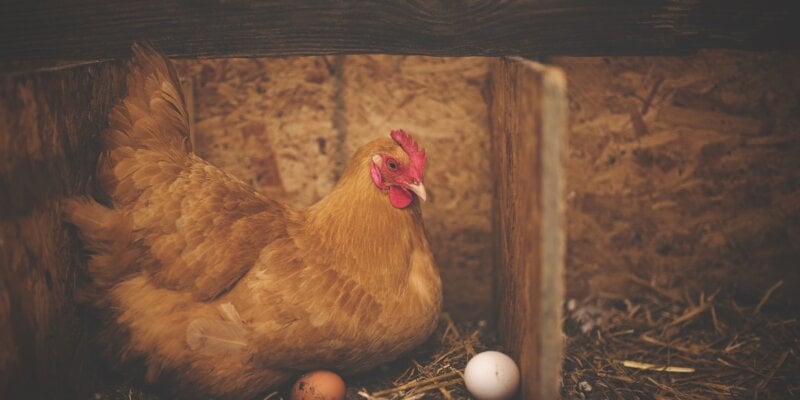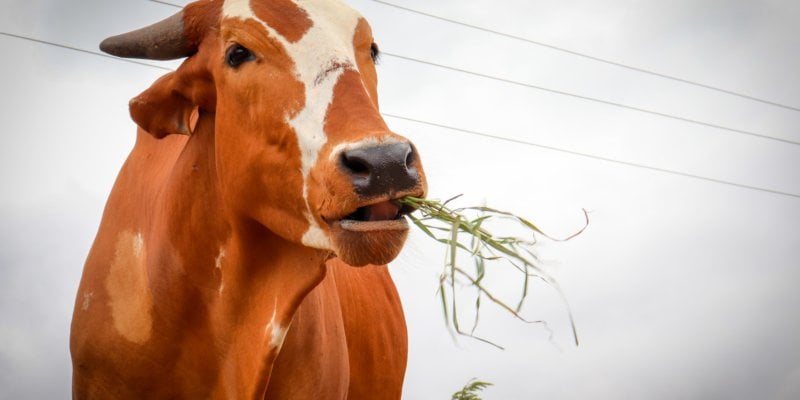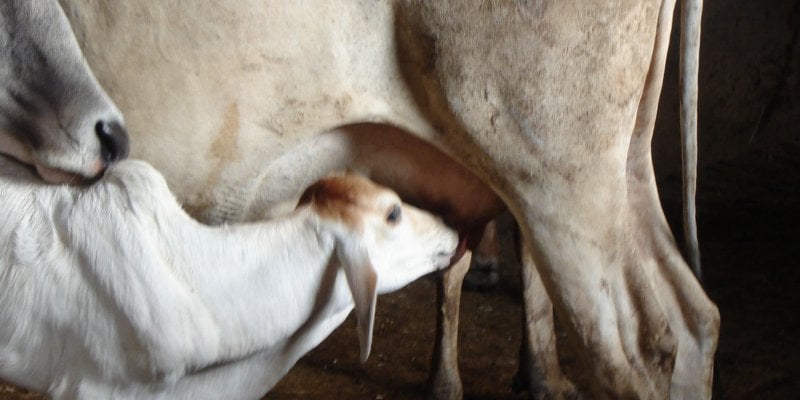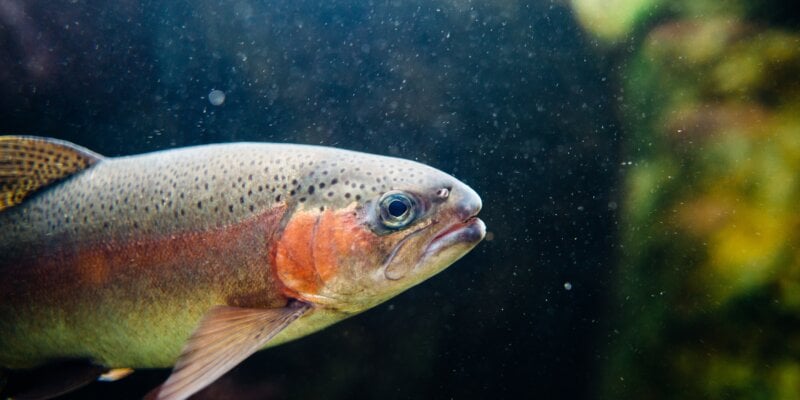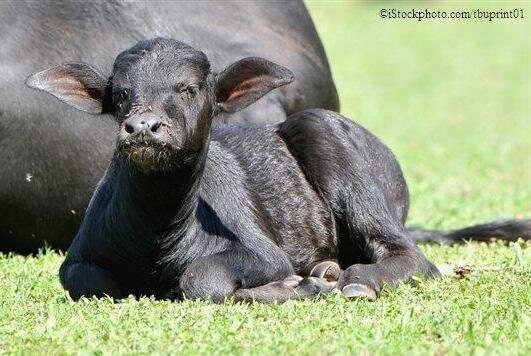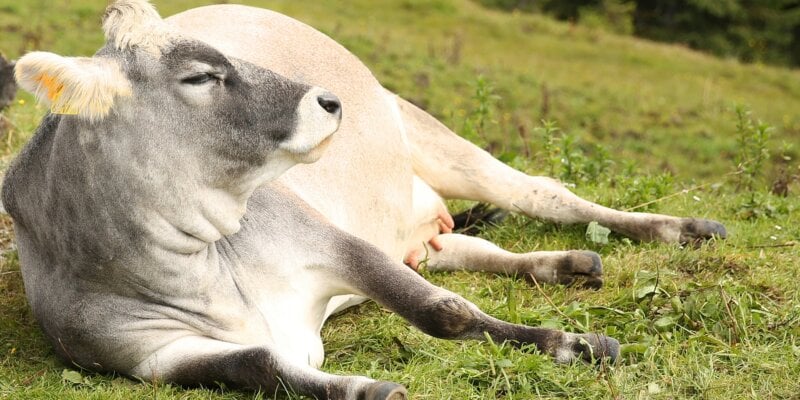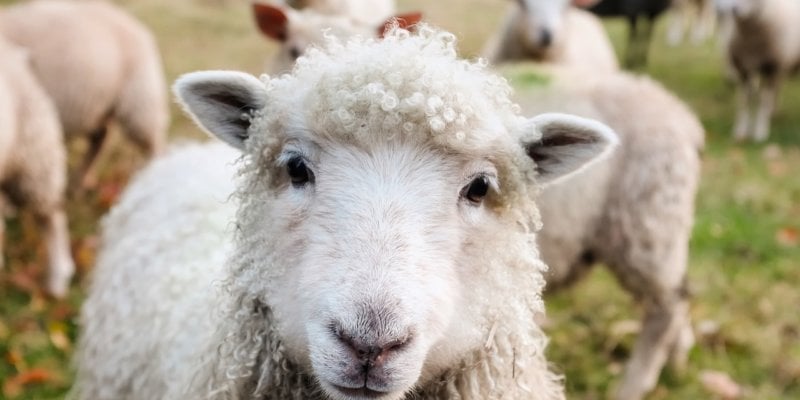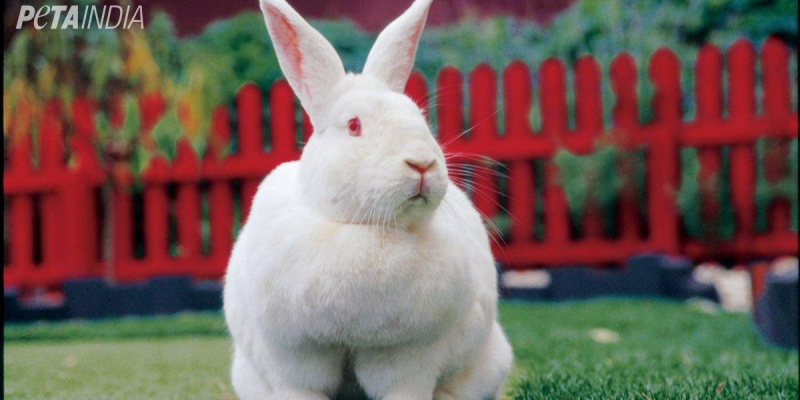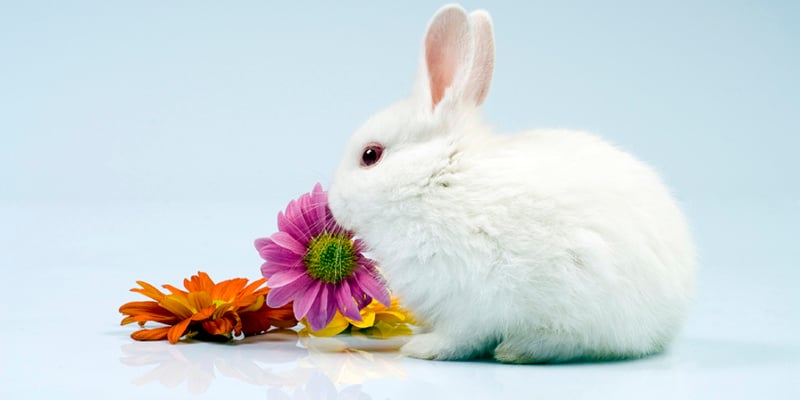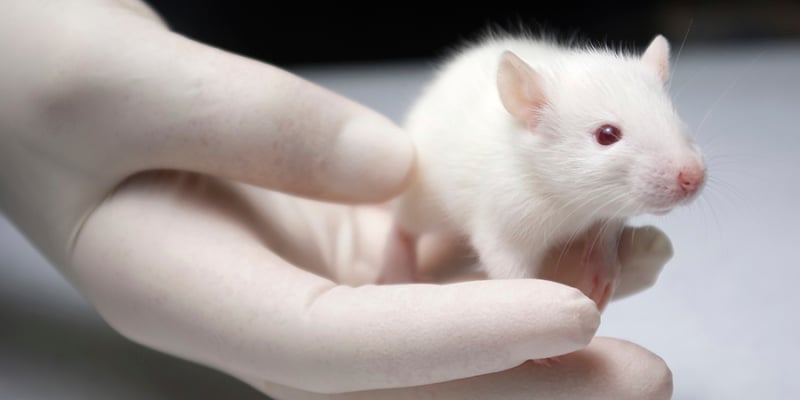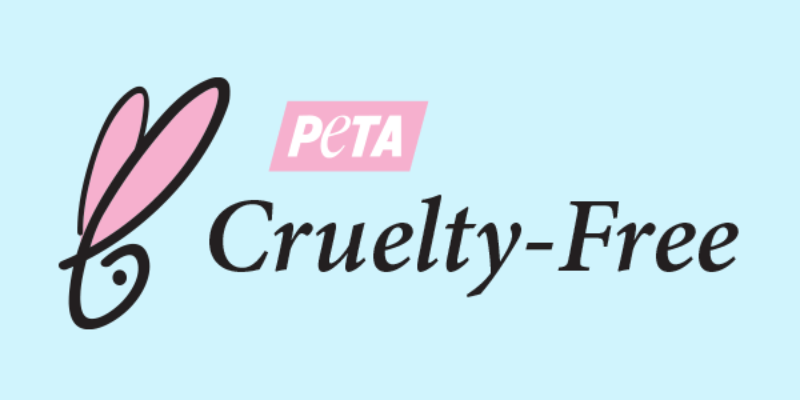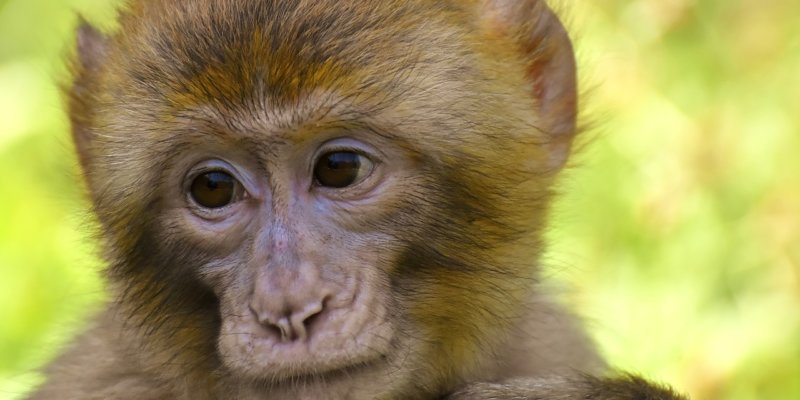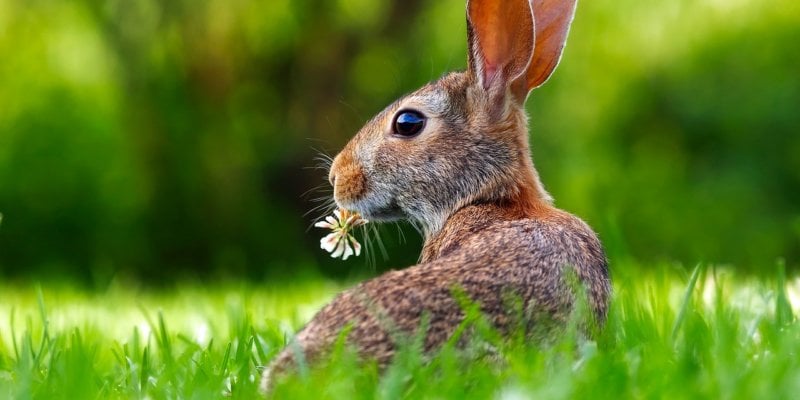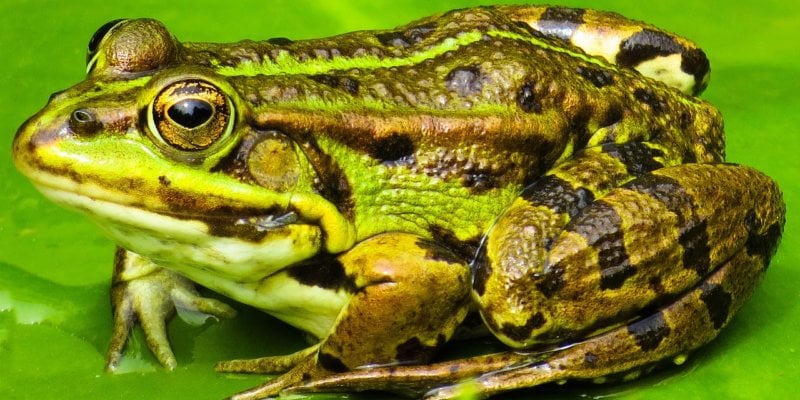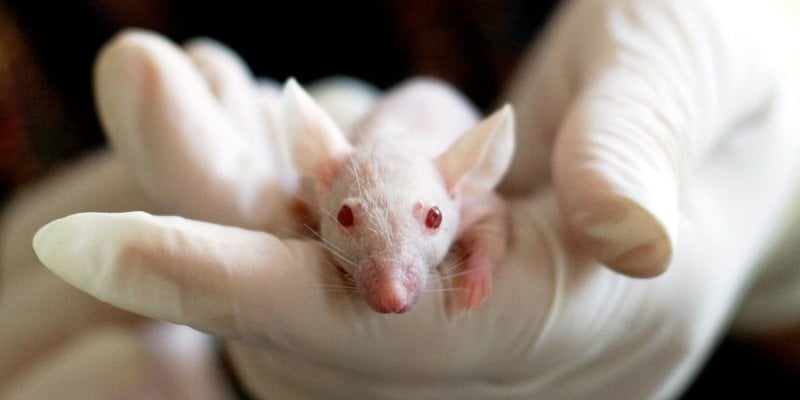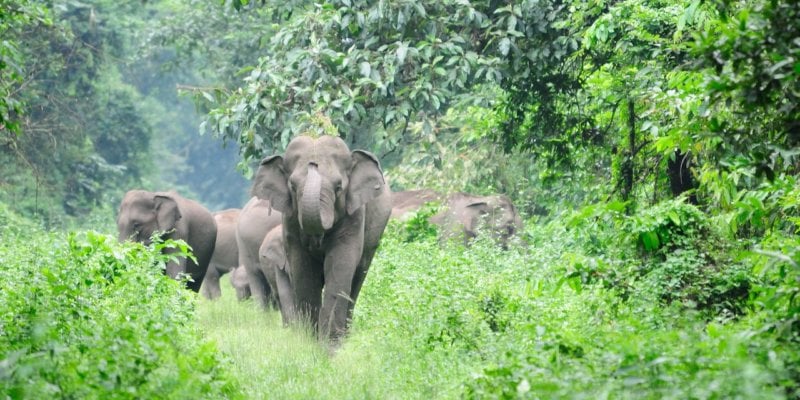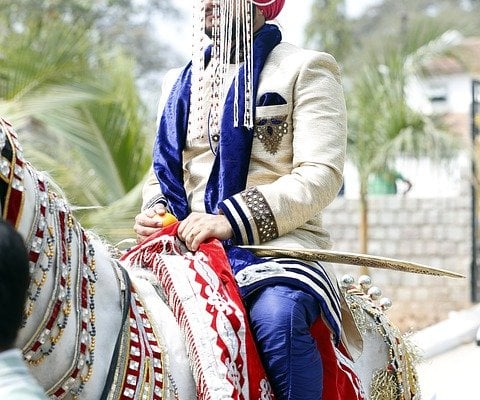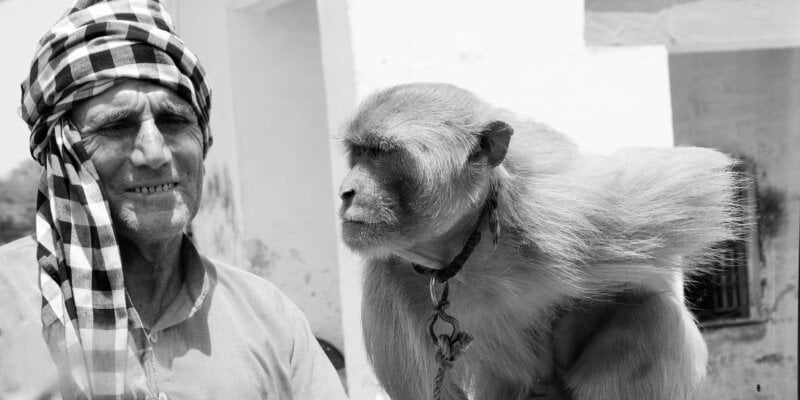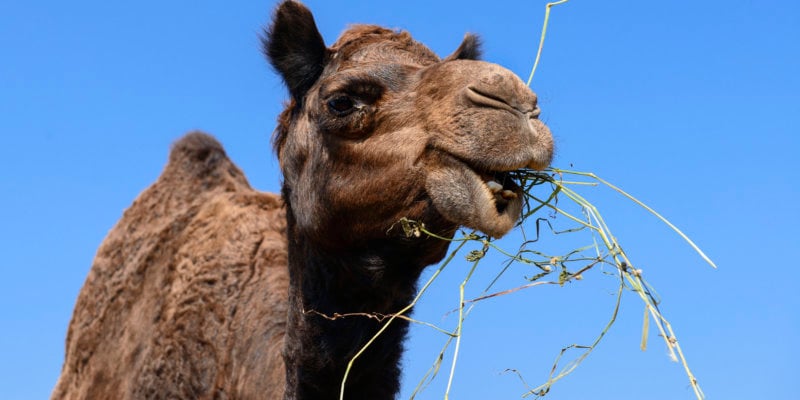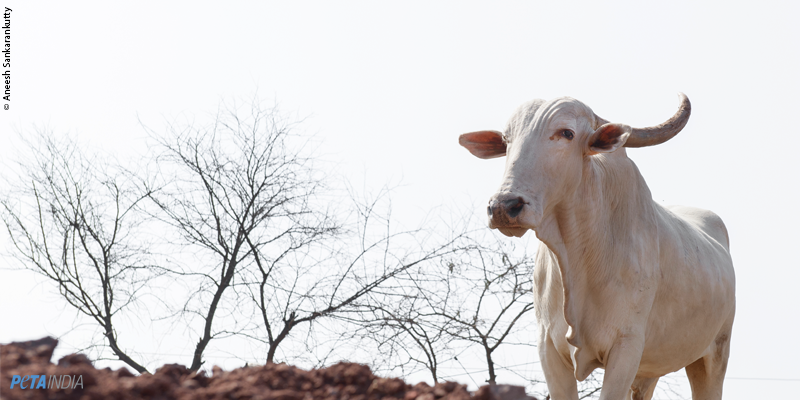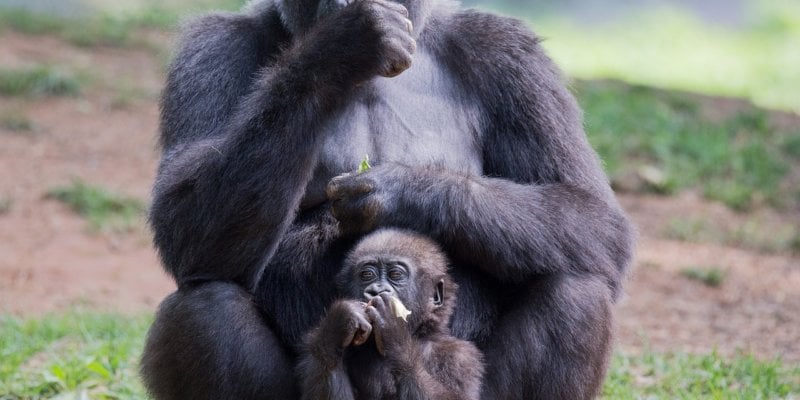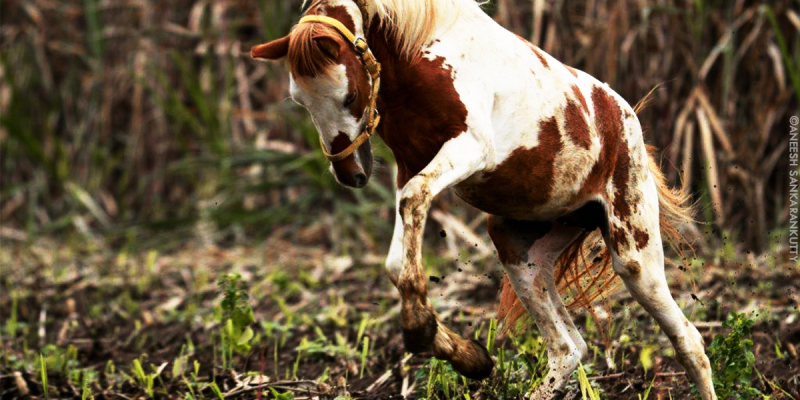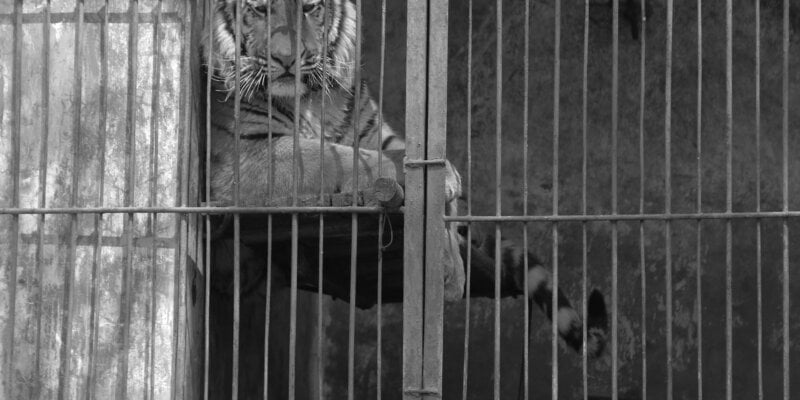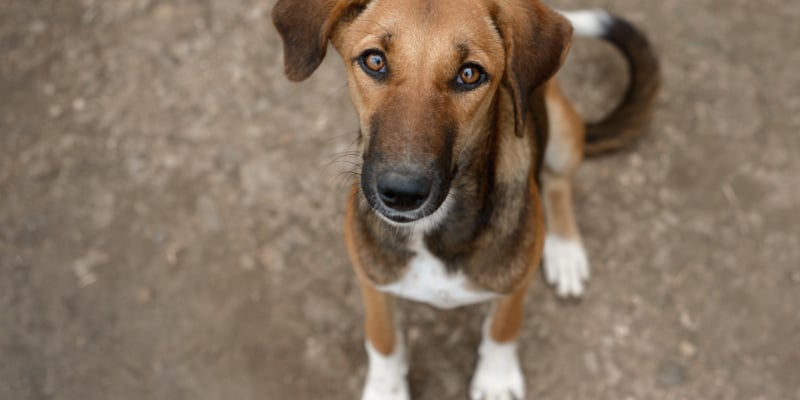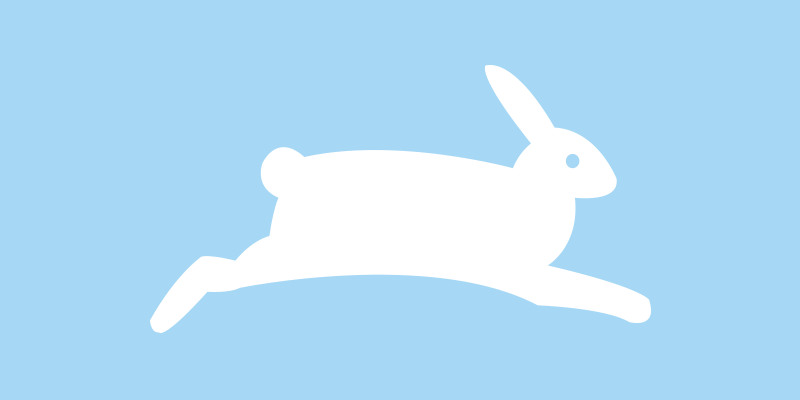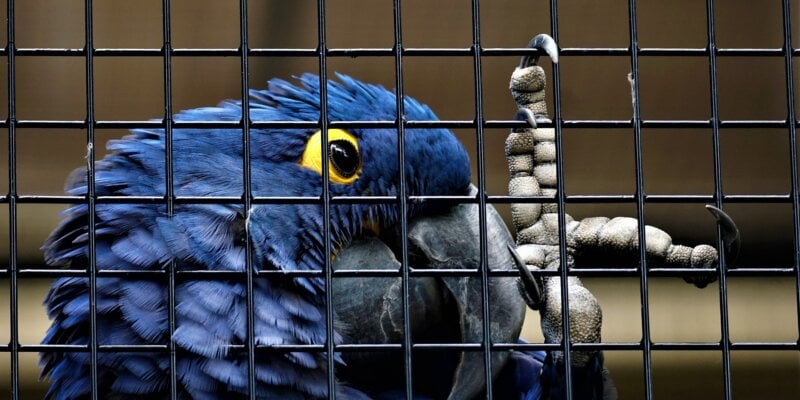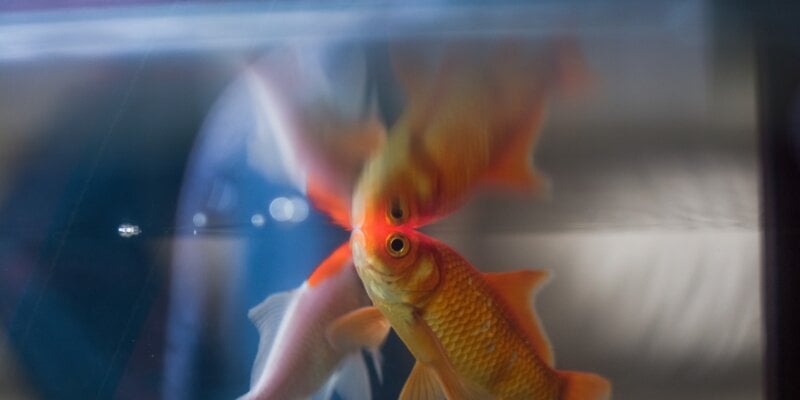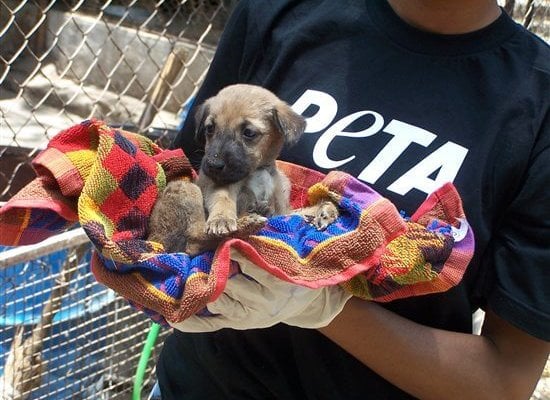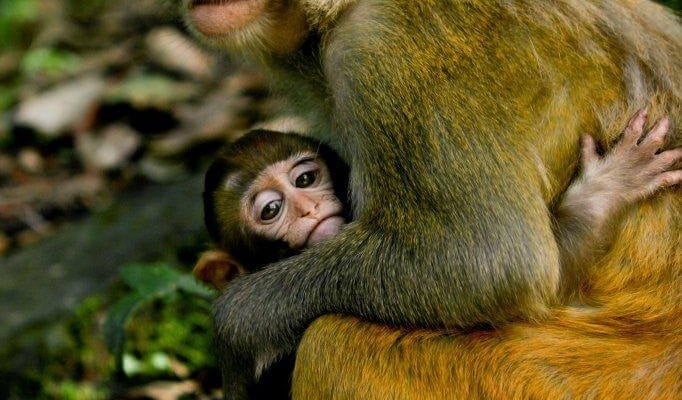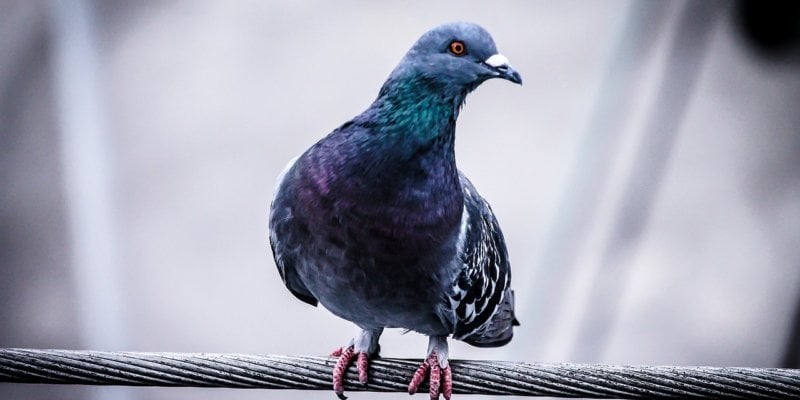Fur
Fur obtained from abused animals is converted into garments, bags, purses, sandals, caps, gloves and other products that are typically seen at hill stations and Kashmir emporiums. Fur comes from animals who were cruelly trapped in the wild or specially bred on farms.
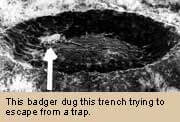 Traps are laid in the forest and checked days or weeks later. But before the traps are checked, animals who become caught in them endure terror, extreme pain, broken bones and starvation. Many trapped animals are killed by predators, and approximately 25 per cent of them chew off their own limbs in a desperate attempt to escape. Traps often capture non-fur-bearing animals, who are considered “trash” by the industry.
Traps are laid in the forest and checked days or weeks later. But before the traps are checked, animals who become caught in them endure terror, extreme pain, broken bones and starvation. Many trapped animals are killed by predators, and approximately 25 per cent of them chew off their own limbs in a desperate attempt to escape. Traps often capture non-fur-bearing animals, who are considered “trash” by the industry.
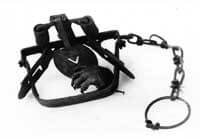 Animals raised on fur farms are confined to cramped spaces before being gassed, electrocuted, strangled and stamped on and having their necks broken. Some of these methods are not 100 per cent effective, and many animals “wake up” while they are being skinned. In India, rabbits were the first animals to be farmed for fur.
Animals raised on fur farms are confined to cramped spaces before being gassed, electrocuted, strangled and stamped on and having their necks broken. Some of these methods are not 100 per cent effective, and many animals “wake up” while they are being skinned. In India, rabbits were the first animals to be farmed for fur.
Alternatives to Fur
Many garments and accessories are made from synthetic materials that look and feel like fur, and you can buy these products with a clear conscience, safe in the knowledge that you’re not supporting the cruel fur industry.
